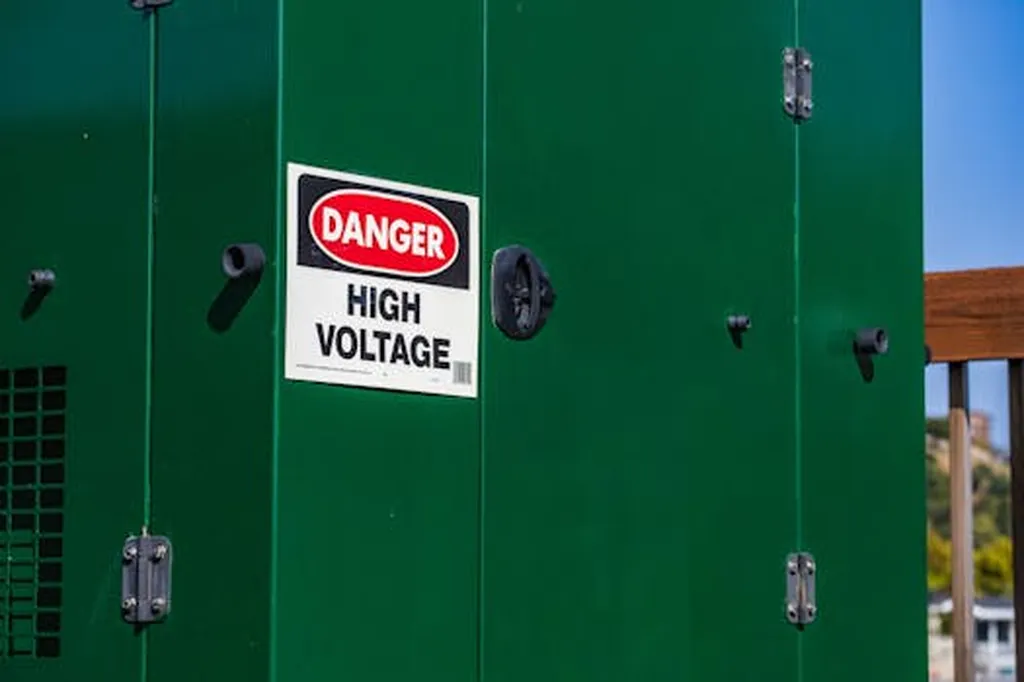In the realm of secure communication and neuromorphic computing, a groundbreaking development has emerged from the labs of Shandong University in China. Researchers, led by Bo Sun from the School of Integrated Circuits, have unveiled a hafnium-based memristor that could revolutionize hardware encryption, particularly in the energy sector where reliability and security are paramount.
Memristors, or memory resistors, are electronic components that can remember their resistance state even when the power is turned off. They have long been touted for their potential to mimic the human brain’s neural networks, making them ideal for neuromorphic computing. However, the challenge has been to create memristors that are compatible with existing CMOS technology, operate at low voltages, and can store multiple states.
Sun and his team have tackled these challenges head-on. They developed a HfAlOx-based memristor with an impressive ON/OFF ratio of over 10,000 and an endurance characteristic of 100,000 cycles. But what truly sets their memristor apart is its low operating voltage of just 0.56V/-0.135V. “This low voltage operation is crucial for reducing power consumption, which is a significant advantage for energy-intensive applications,” Sun explained.
The memristor can also achieve eight distinct states, a feature that Sun’s team leveraged to design a hardware encryption scheme using a neural network. They demonstrated parallel information encryption operations of the letters “S,” “D,” and “U” in a memristor array. The results were striking: the recognition rate of encrypted letters without the memristor was a mere 62.3%, but with the memristor, it soared to 98.1%.
The implications for the energy sector are substantial. As the industry increasingly relies on AI and machine learning for predictive maintenance, grid management, and cybersecurity, the need for robust, low-power hardware encryption becomes critical. Memristor-based encryption could provide an extra layer of security for sensitive data, protecting against cyber threats and ensuring the reliable operation of energy infrastructure.
“This research expands the choices and application prospects of hardware encryption,” Sun noted. “It’s a significant step towards more secure, energy-efficient communication in the age of AI.”
The study, published in *InfoMat* (translated from Chinese as “Information Materials”), opens up new avenues for exploration in neuromorphic computing and hardware encryption. As the technology matures, it could reshape the landscape of secure communication, offering a powerful tool for industries where data integrity and energy efficiency are paramount. The journey towards a more secure, interconnected future has just taken a significant leap forward.

